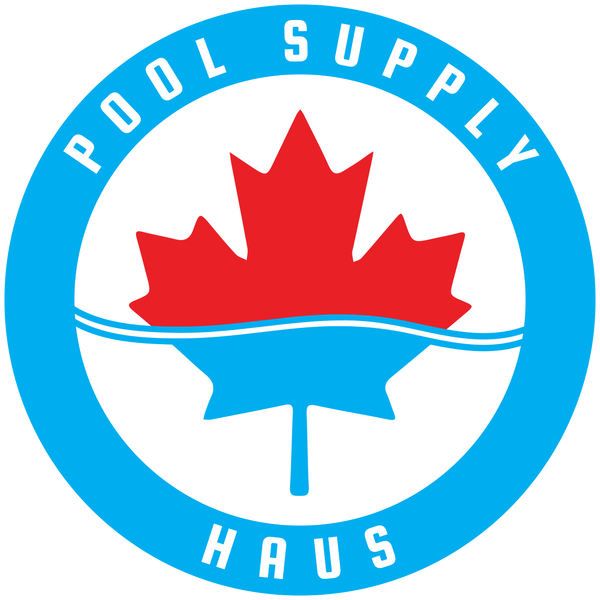How to Balance Chemicals in Your Swimming Pool & Understand Acceptable Levels
Share
Introduction
Keeping your swimming pool in tip-top shape requires a delicate balance of chemicals. The proper water chemistry not only ensures the water stays clean and clear but also keeps it safe for swimmers. If you've ever asked yourself, "How do I balance chemicals in my swimming pool?" or wondered about acceptable chemical levels, Pool Supply Haus is here to help. In this guide, we'll break down everything you need to know to maintain a healthy and inviting pool.
Testing Your Pool Water
To accurately balance chemicals in your swimming pool, you need to test the water regularly. We recommend testing at least once a week during peak swim season and once every two weeks during off-peak times. You can use test strips or a liquid test kit to measure the following parameters:
- pH level
- Total alkalinity
- Calcium hardness
- Free chlorine
- Combined chlorine
- Cyanuric acid (stabilizer)
Understanding Acceptable Chemical Levels
To maintain a balanced swimming pool, you should aim for the following acceptable chemical levels:
- pH: 7.4 to 7.6
- Total alkalinity: 80 to 120 ppm
- Calcium hardness: 200 to 400 ppm
- Free chlorine: 2 to 4 ppm
- Combined chlorine: 0 ppm
- Cyanuric acid: 30 to 50 ppm
Adjusting pH Levels
The pH level indicates how acidic or basic your pool water is. Low pH levels can cause corrosion and eye/skin irritation, while high pH levels lead to scale formation and reduce the effectiveness of chlorine. To raise the pH, add soda ash or sodium bicarbonate. To lower it, use muriatic acid or sodium bisulfate.
Balancing Total Alkalinity
Total alkalinity acts as a buffer to prevent rapid pH fluctuations. To increase total alkalinity, add sodium bicarbonate. To decrease it, use muriatic acid or sodium bisulfate. Always adjust alkalinity before adjusting pH levels, as changes in alkalinity can affect pH.
Managing Calcium Hardness
Calcium hardness affects the water's ability to dissolve minerals. Low calcium levels can cause etching and shorten the life of your pool's surfaces, while high levels can lead to cloudy water and scale formation. To raise calcium hardness, add calcium chloride. To lower it, dilute the water with fresh water.
Maintaining Free Chlorine Levels
Free chlorine is the active chlorine in your pool that sanitizes and oxidizes contaminants. To raise free chlorine levels, add a chlorinating product such as liquid chlorine, chlorine tablets, or granular chlorine. To lower it, reduce the amount of chlorine you're adding or use a chlorine neutralizer.
Controlling Cyanuric Acid Levels
Cyanuric acid acts as a stabilizer, protecting chlorine from being broken down by sunlight. To increase cyanuric acid levels, add a stabilizer product. To decrease it, partially drain and refill your pool with fresh water.
Conclusion
Balancing chemicals in your swimming pool is crucial to maintaining a clean, safe, and enjoyable swimming environment. By understanding the acceptable levels of each parameter and using the right products to make adjustments, you'll be well on your way to a perfectly balanced pool. For all your pool maintenance needs, trust Pool Supply Haus to provide the expert advice and quality products you need to keep your pool in peak condition all season long.
